“Home is where pet hair sticks to everything but the pet.”
This humorous phrase refers to natural shedding, but pet hair loss can be caused by many underlying medical causes. Our Boca Midtowne Animal Hospital team offers a brief guide to the most common reasons for pet hair loss.
Recognizing hair loss in pets
Shedding is a natural process that replaces old hair with new growth. Some dog breeds shed year-round, while others shed seasonally to prepare for changing temperatures (e.g., losing a thick undercoat during spring). Cats shed daily, but go through larger shedding cycles once or twice a year.
Determining normal versus abnormal pet hair loss sounds impossible, but is actually quite simple. Abnormal hair loss (i.e., alopecia) signs include:
- Thinning hair coat
- Bald areas
- Change in coat texture
These signs may be accompanied by other clinical signs, including:
- Increased hairballs in cats
- Excessive grooming
- Unusual odors
- Increased scratching, biting, chewing, or licking
- Visible wounds, sores, hot spots, or scabbing
- Ear infections
- Appetite or energy level changes
Alopecia may be localized (i.e., limited to a small area such as the tail base, abdomen, feet, or flank), or generalized (i.e., affecting the whole body). Because cats are secretive by nature, behavior changes may be difficult to appreciate.
If you recognize hair loss in your pet, schedule an appointment at Boca Midtowne Animal Hospital, so we can determine the cause and formulate an effective treatment.
Common reasons for hair loss in pets
Your pet’s hair growth is influenced by many factors, including the environment, stress, hormones, nutrition, genetics, medication use, parasites, and any alteration in the skin’s natural protective barrier. Therefore, your pet’s hair can be a reflection of their overall health.
Heed your pet’s warning signs—accurate and timely diagnosis is key to restoring their health, comfort, and hair health. Here are the most common reasons why pets suffer from hair loss.
- Atopic dermatitis (i.e., environmental allergies, atopy) — Pets can be sensitive to environmental substances, including pollen, grasses, dust, and mold. Allergy-induced inflammation causes pets to scratch, bite, and chew at irritated areas, which can lead to hair chewing and pulling. Secondary bacterial infections and hot spots (i.e., acute moist dermatitis) can arise in response to intense self-induced skin trauma, and typically involve hair loss.
- Contact allergies — Dogs and cats may react negatively to direct contact with allergen-containing products, including shampoos, grooming sprays, topical flea treatments, plastic bowls, collars, household cleaners, and pet beds treated with harsh detergents or chemicals. Contact allergies typically cause localized reactions—including hair loss—limited to the application or direct contact areas. Chronic friction, caused by an ill-fitting harness or collar, for example, can break the hair and stunt hair growth, and result in bald areas.
- External parasites — External parasites, including fleas and mites, can intensely irritate dogs and cats. Infestations of canine and feline scabies mites, which are highly transmissible, typically cause severely damaged skin with crusting or scabbing, often along the head, face, and neck in cats, and also the abdomen, chest, elbows, and hocks in dogs. Flea allergy dermatitis (FAD) is a hypersensitivity reaction to a protein in flea saliva that can trigger intense biting and chewing after a single flea bite, and lead to hair loss near the tail base.
- Bacterial or fungal (i.e., yeast) infection — Skin infections are often secondary to an underlying cause. As pets react to itching or irritation by biting, licking, and scratching, small self-induced wounds and moisture create a perfect environment for bacteria and yeast growth, which creates an itching-response cycle.
- Endocrine disorders — Alterations in your pet’s hormone levels can negatively impact hair growth. Thyroid dysfunction in dogs (i.e., hypothyroidism) can lead to skin changes, and hair thinning and loss, especially along the body trunk, tail, and backs of the legs. Feline thyroid dysfunction (i.e., hyperthyroidism) can result in patchy hair loss.
Hair loss in older dogs may suggest Cushing’s disease (i.e., hyperadrenocorticism), in which the body’s natural steroid levels are increased. Dogs with Cushing’s may also experience darkened or thinning skin that looks flaky or greasy. The opposite condition—Addison’s disease (i.e., hypoadrenocorticism)—can also result in hair loss.
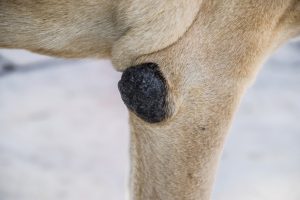
- Pressure sores — Large- and giant-breed dogs may experience hair loss and skin changes around their bony prominences, including elbows and hocks (i.e., ankles). These pressure sores are caused by chronic force, friction, or trauma to the skin, including prolonged contact with hard surfaces. Protective, thick calluses may form, and immobile or sick pets who are not provided adequate bedding may develop decubital ulcers.
- Post-operative or post-shaving — Pets shaved for surgery may experience delayed or stunted hair growth if shaving interrupted the hair growth cycle at a specific point, or the hair may grow back slowly, or with an unusual texture or color.
- Alopecia X — Some dog breeds suffer unexplained hair loss caused by arrested hair follicle growth. This progressive condition can cause body hair loss, but not head hair loss. Hair growth may or may not return, but any hair that does grow back will be unnaturally wooly.
If your pet is experiencing abnormal coat or skin changes, schedule an appointment at Boca Midtowne Animal Hospital. Our caring team will get to the root of your pet’s hair loss problem, and provide effective treatment.

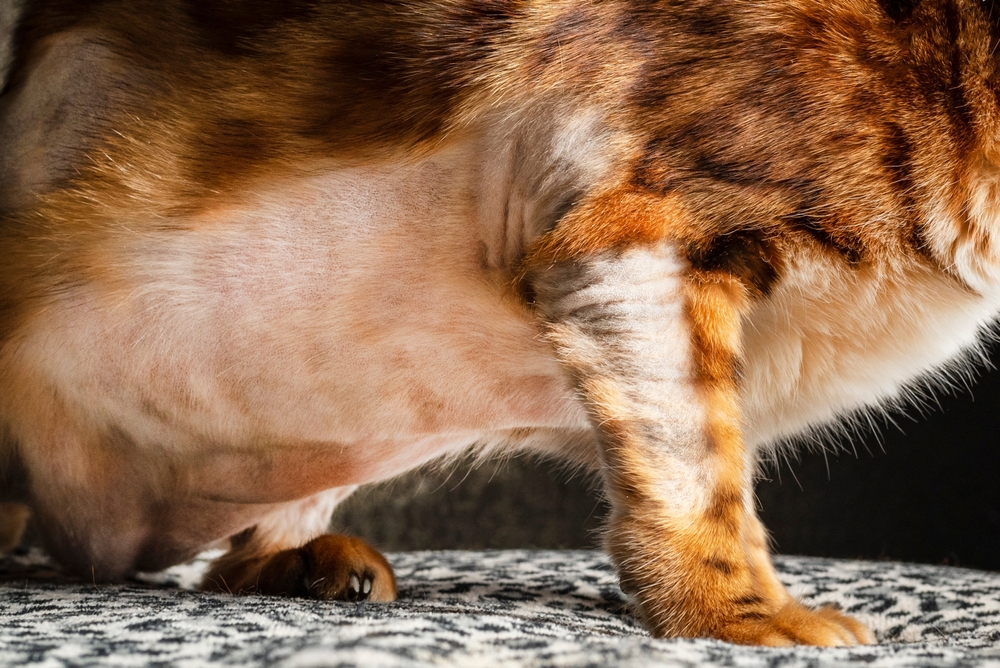

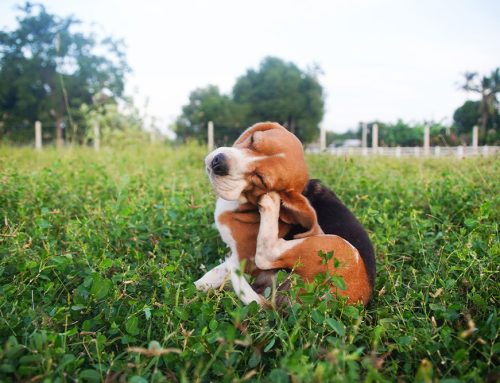
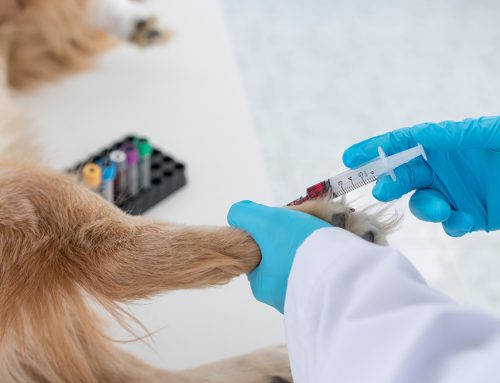
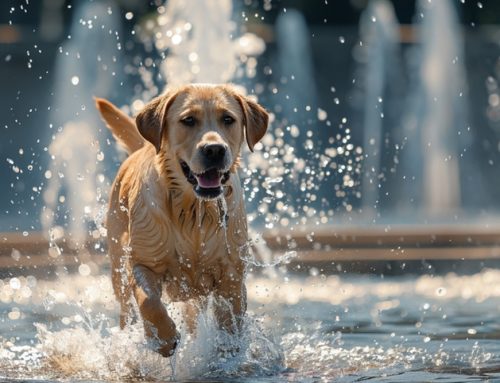


Leave A Comment